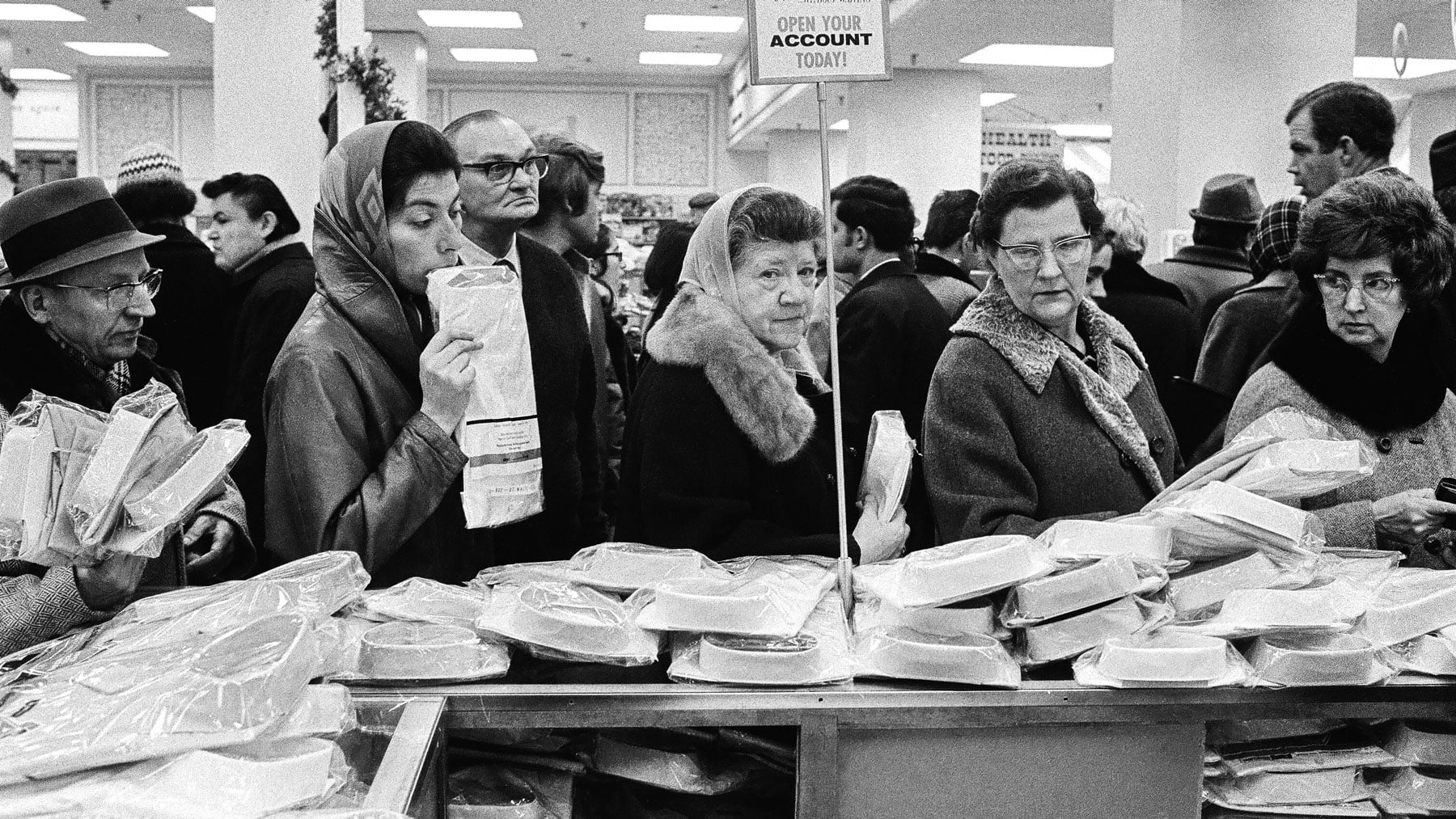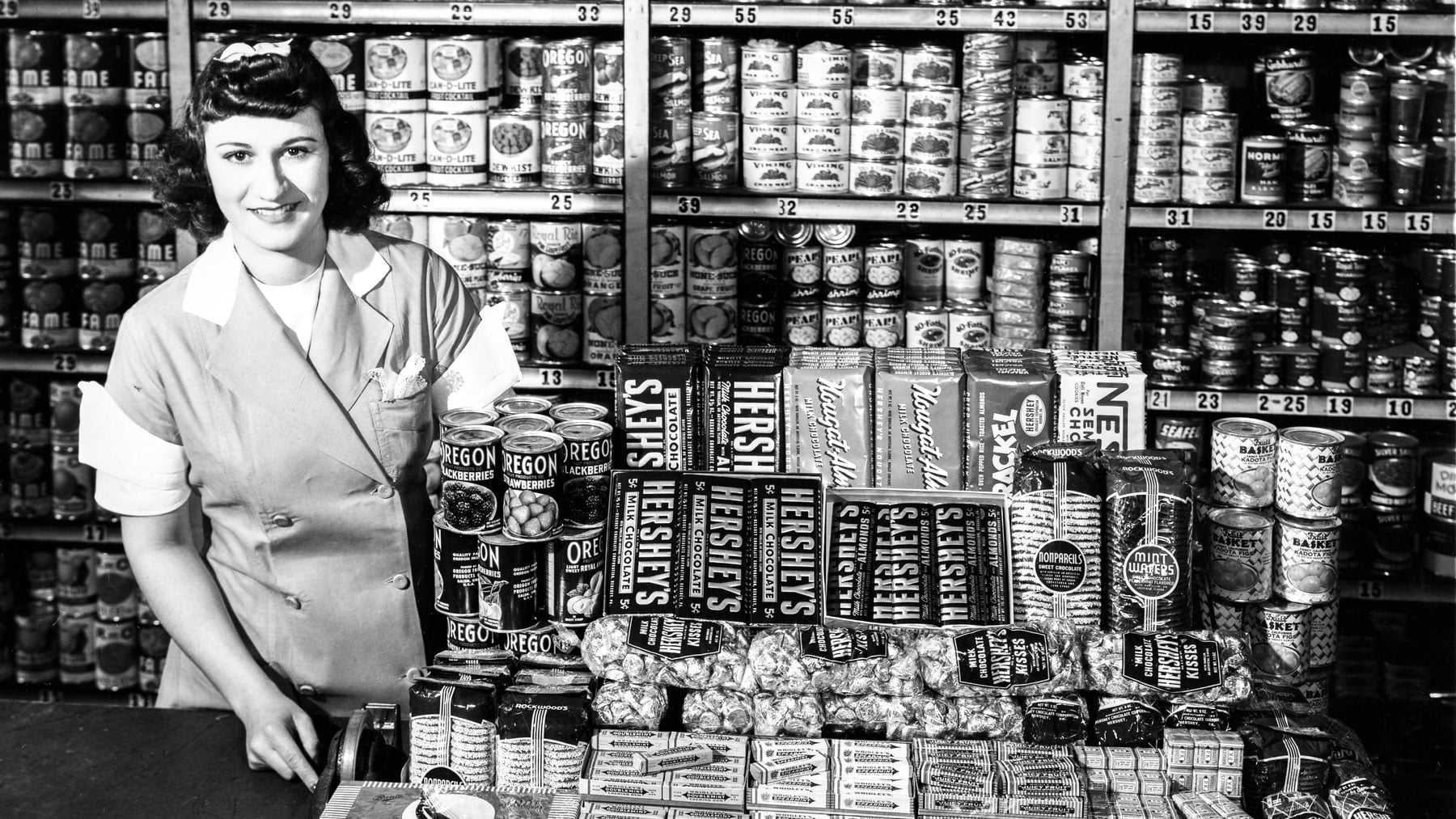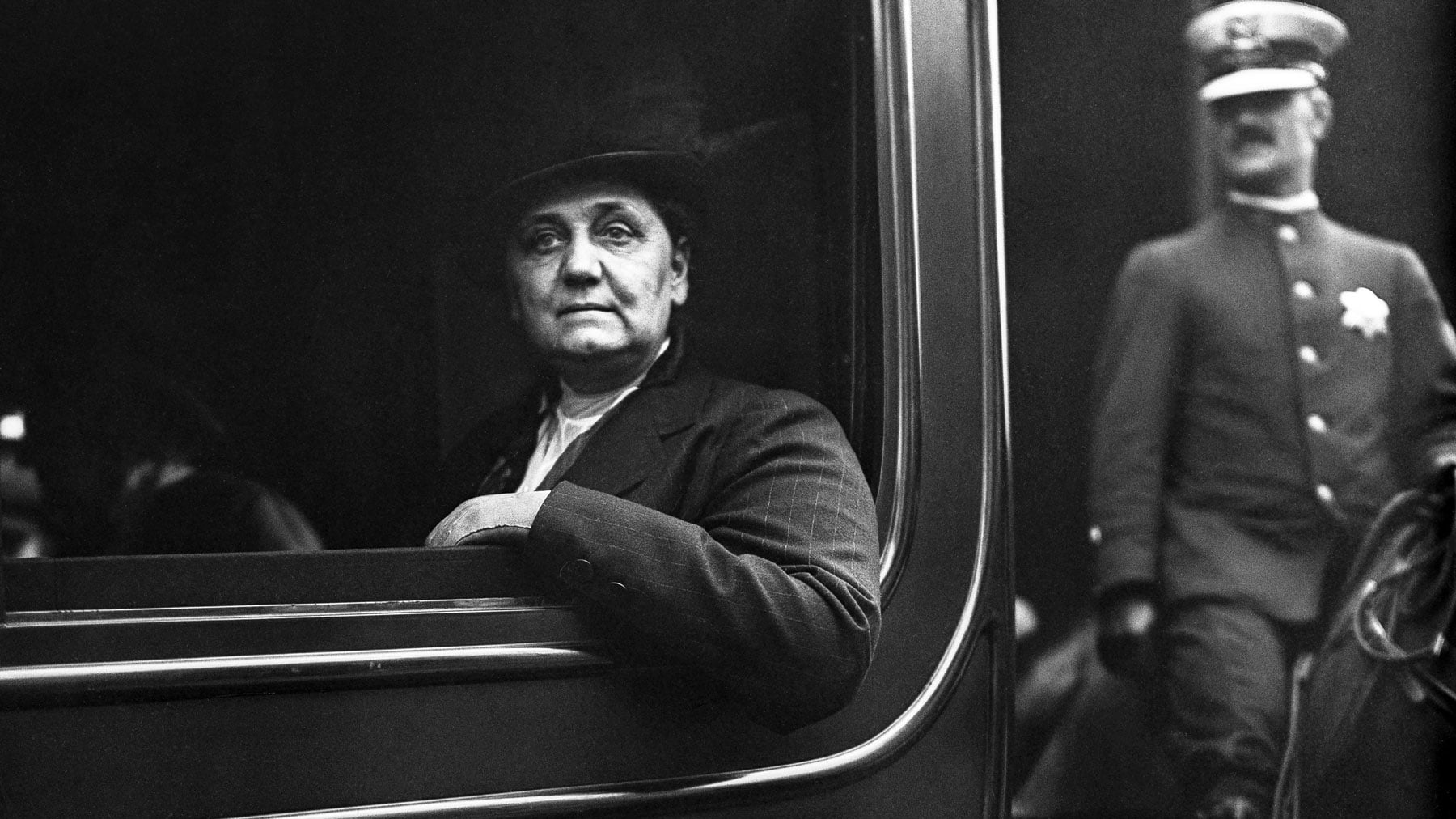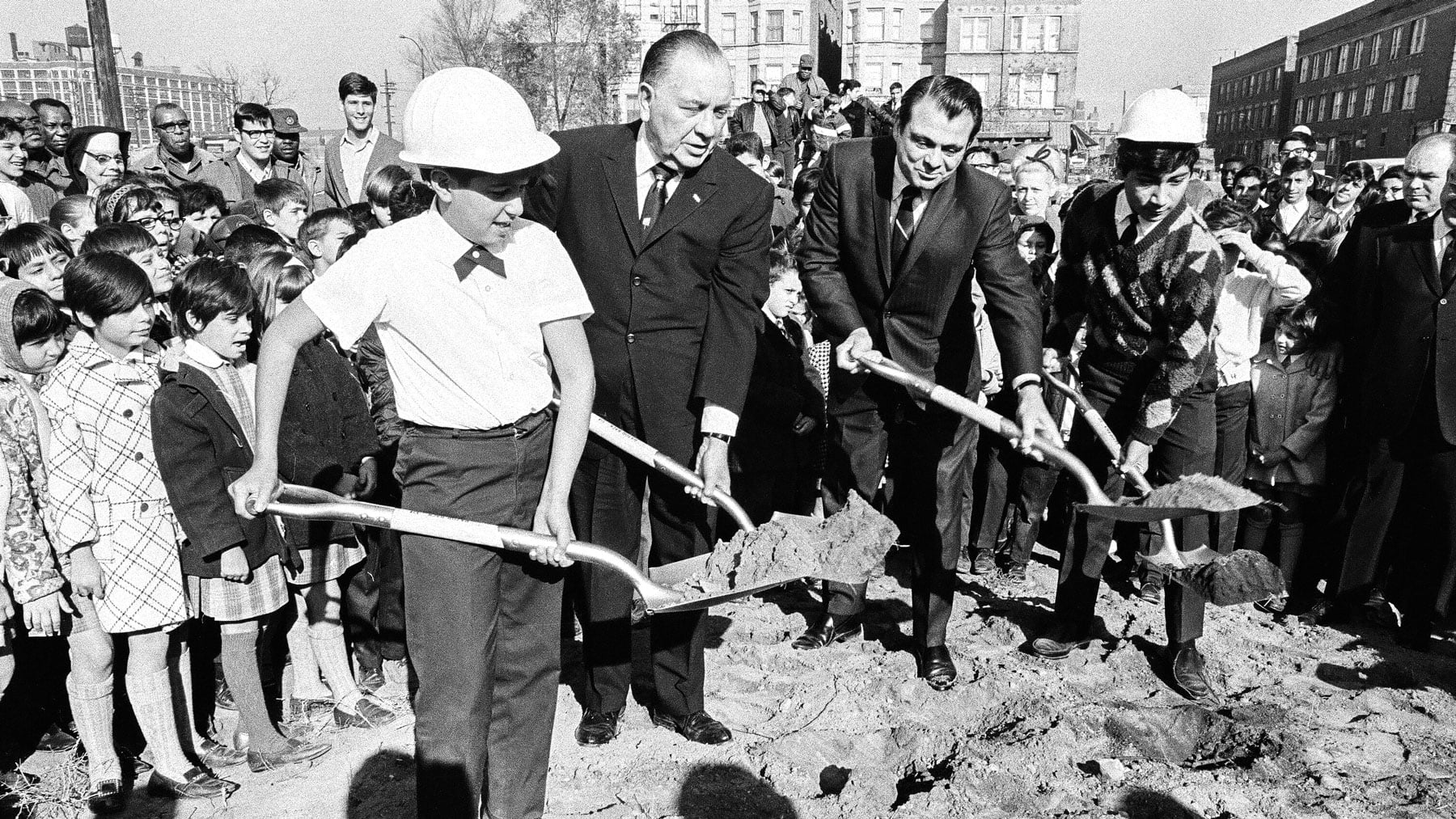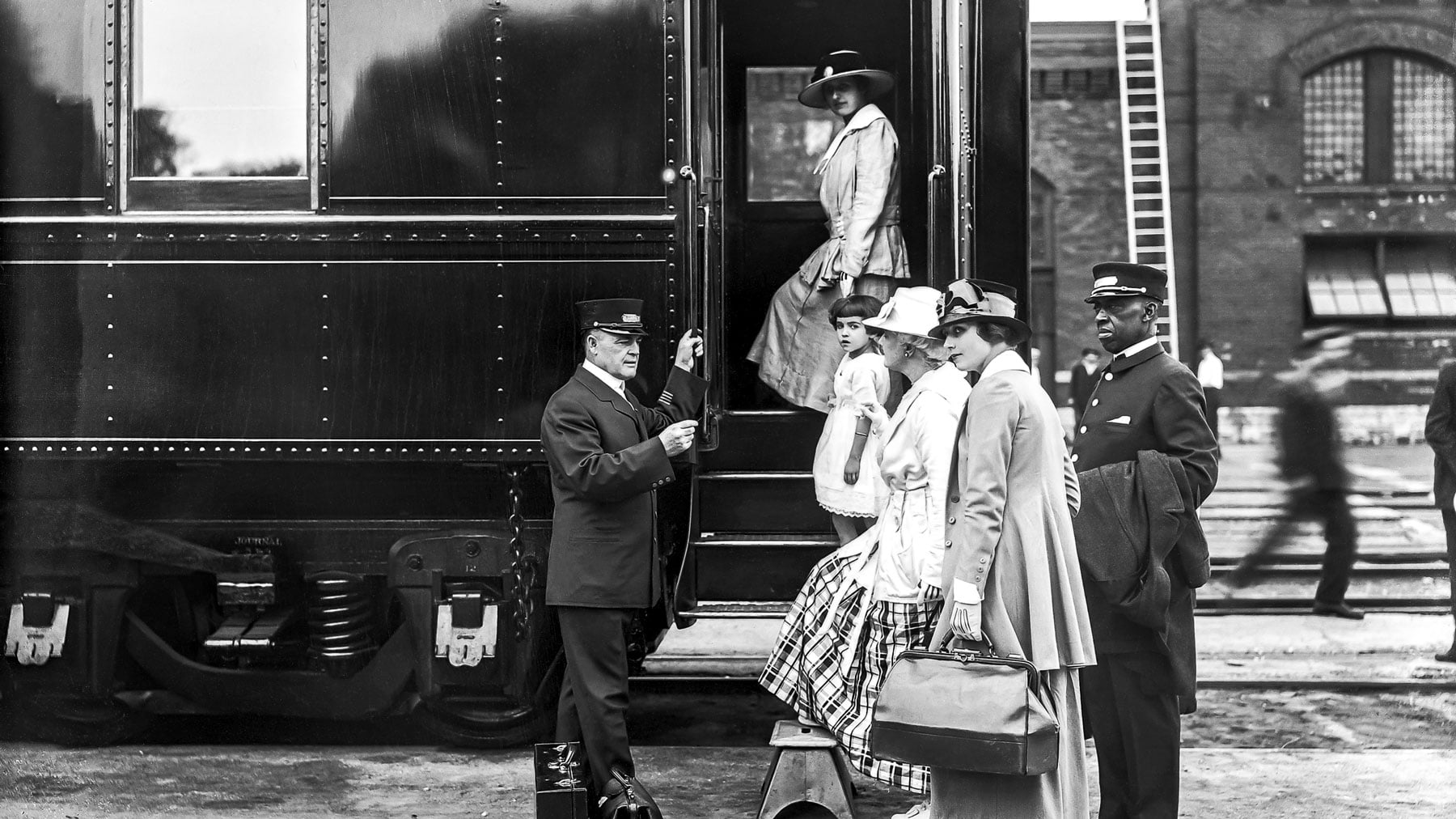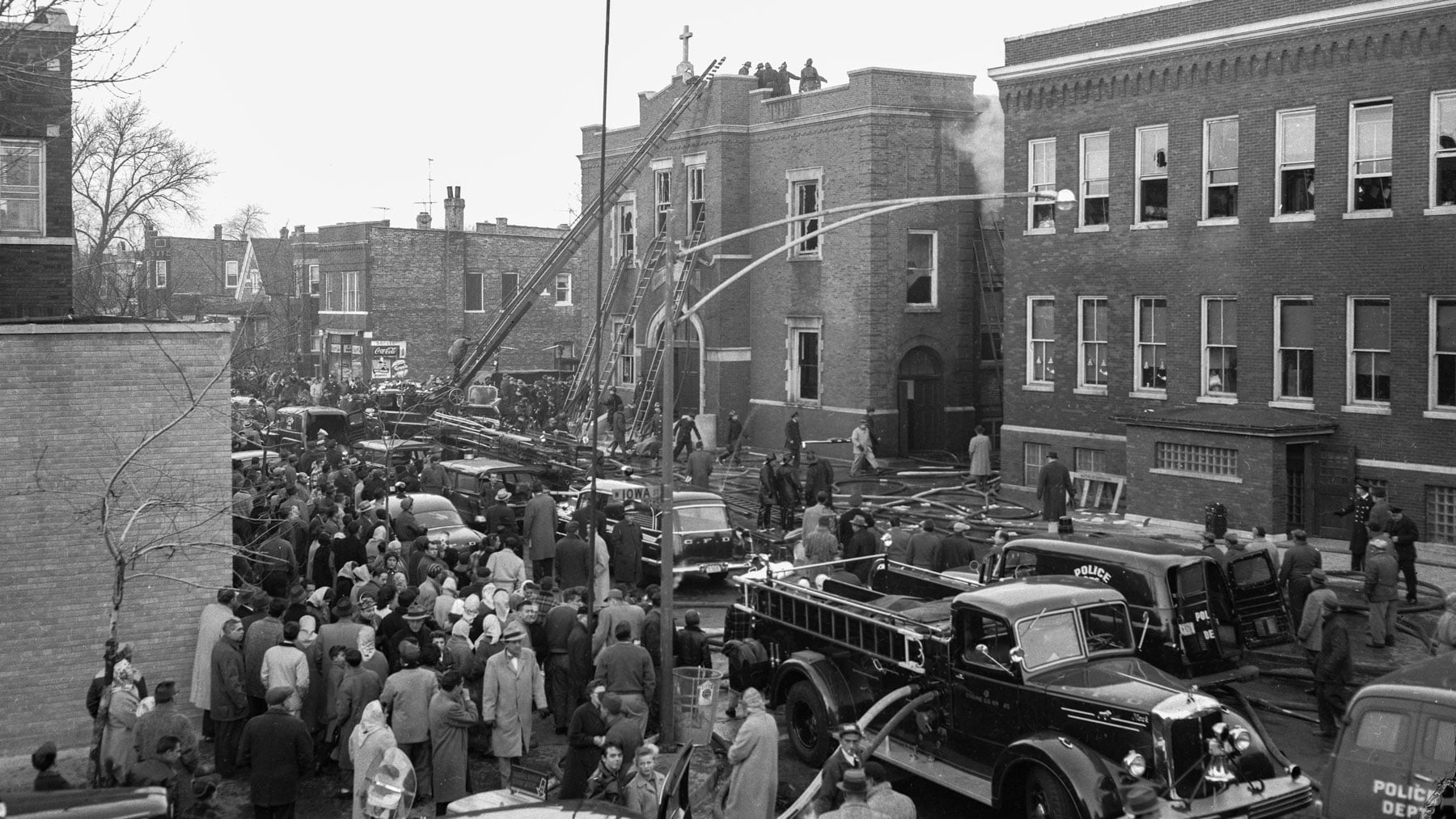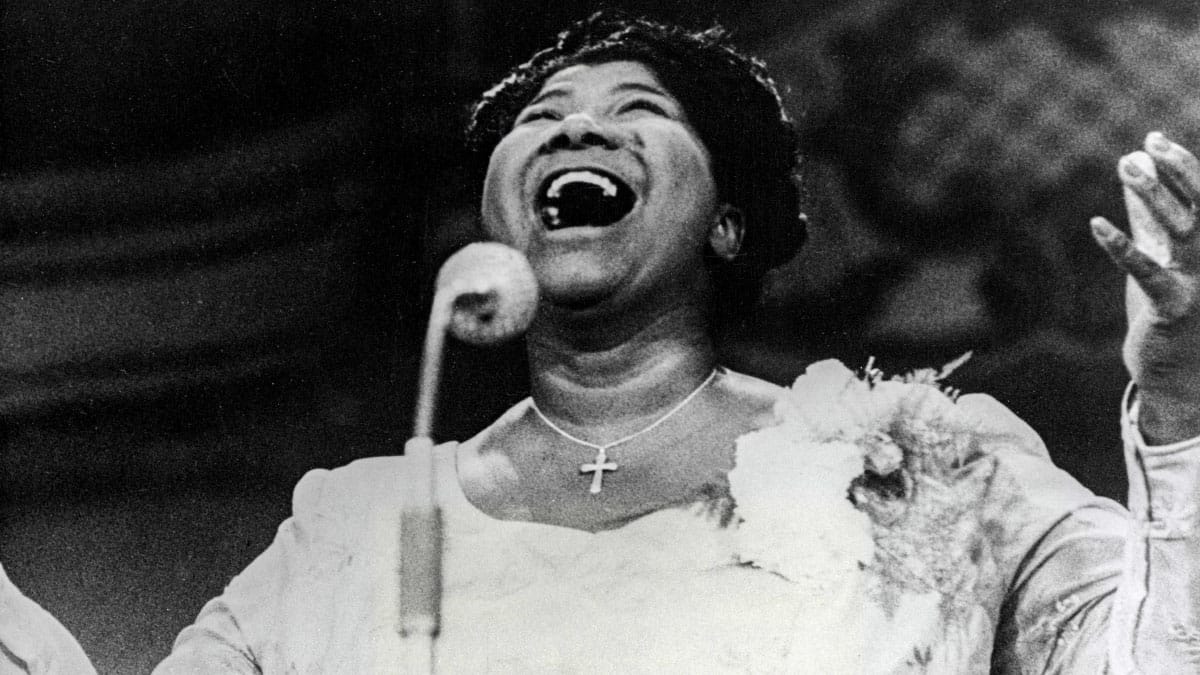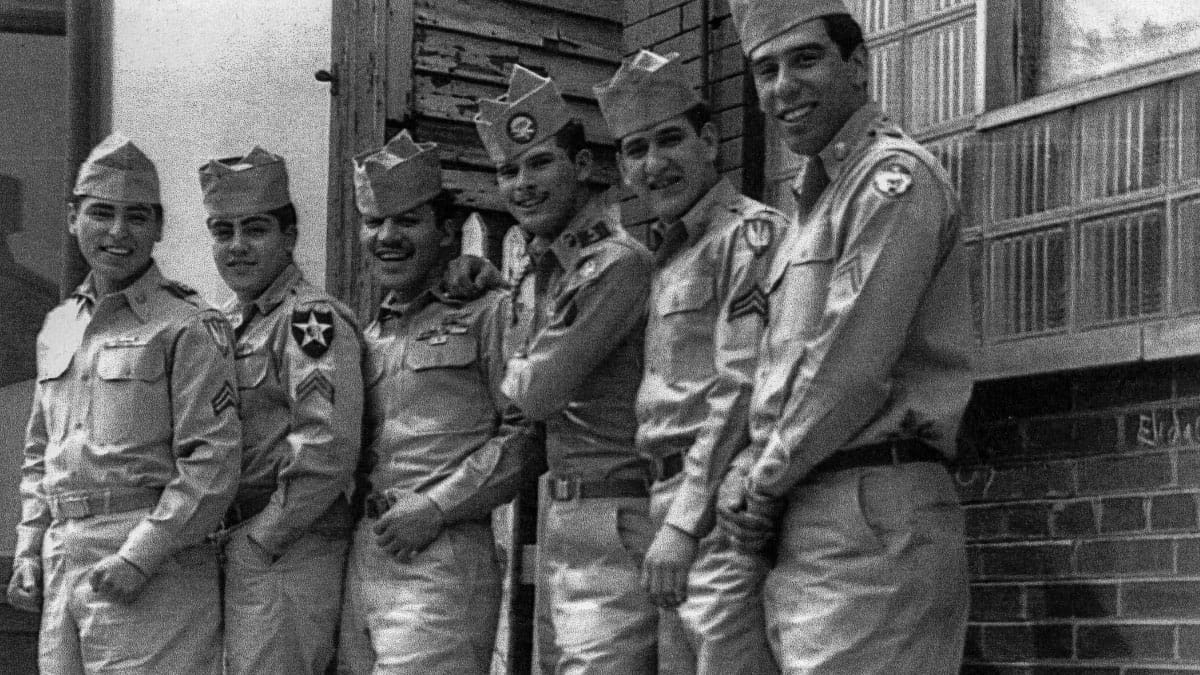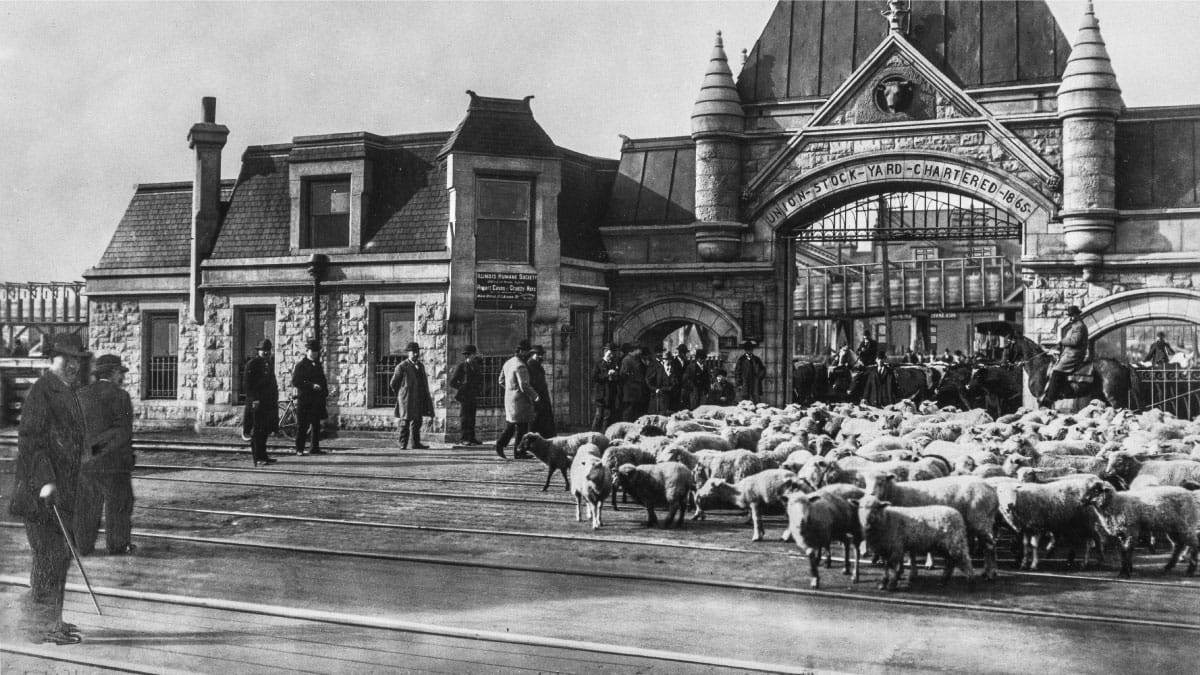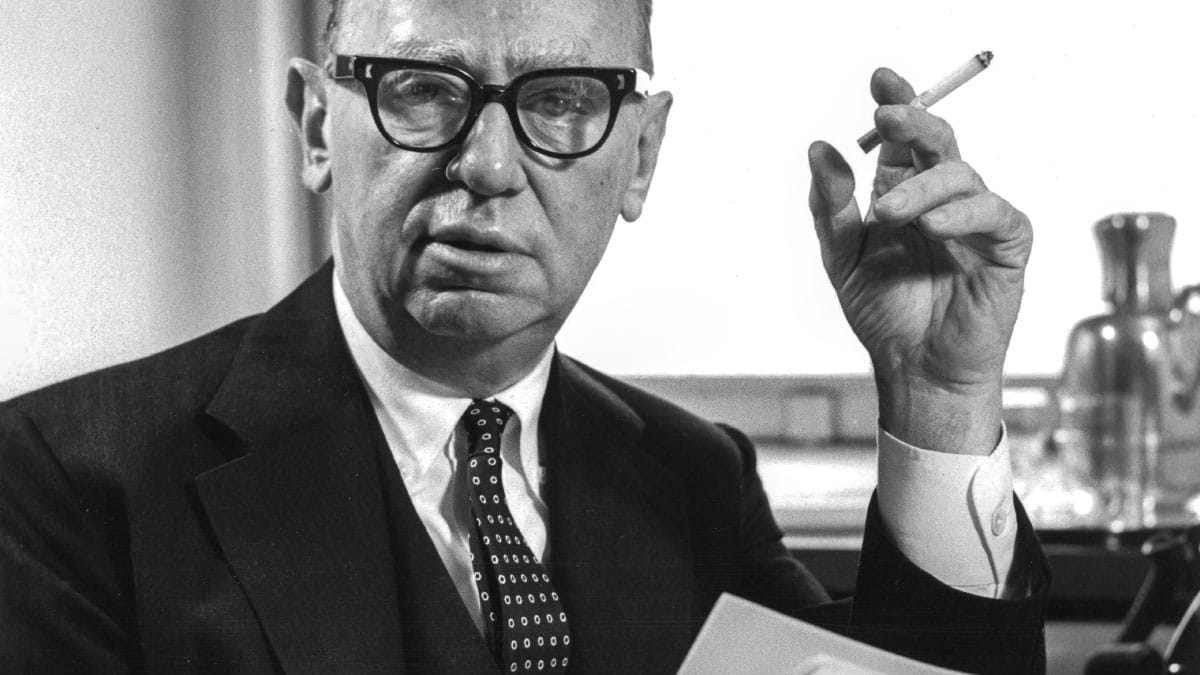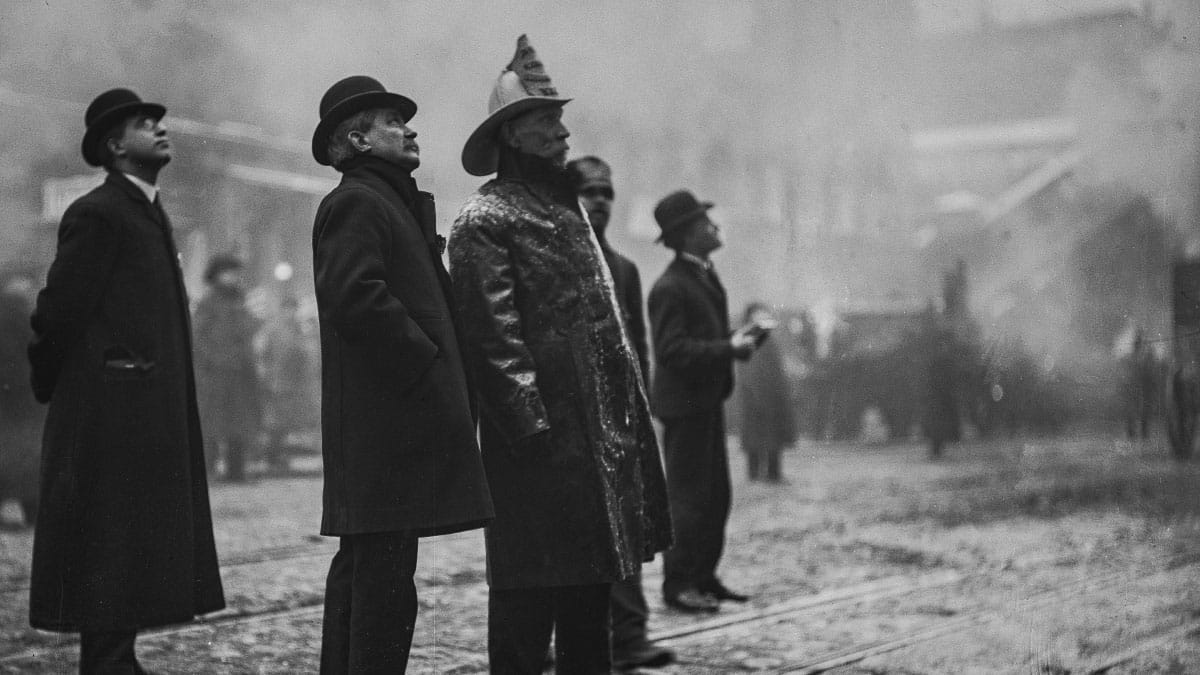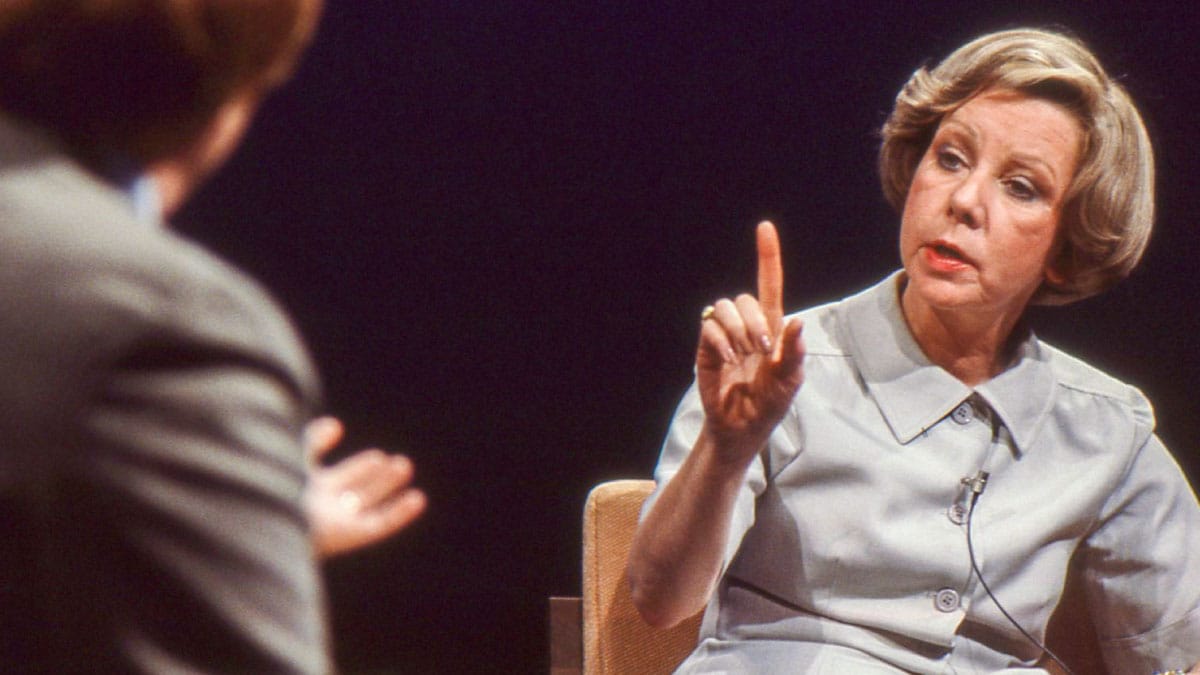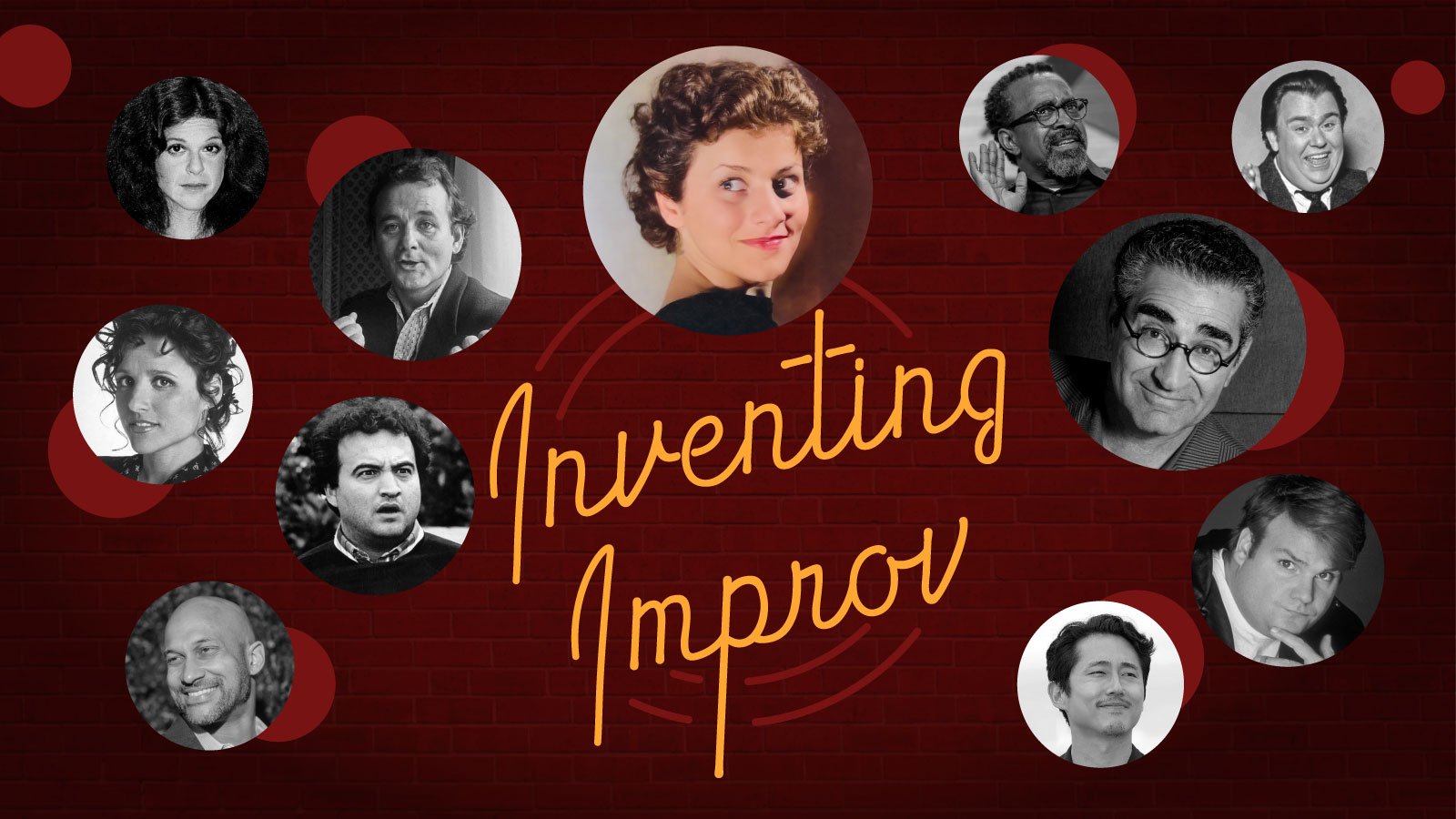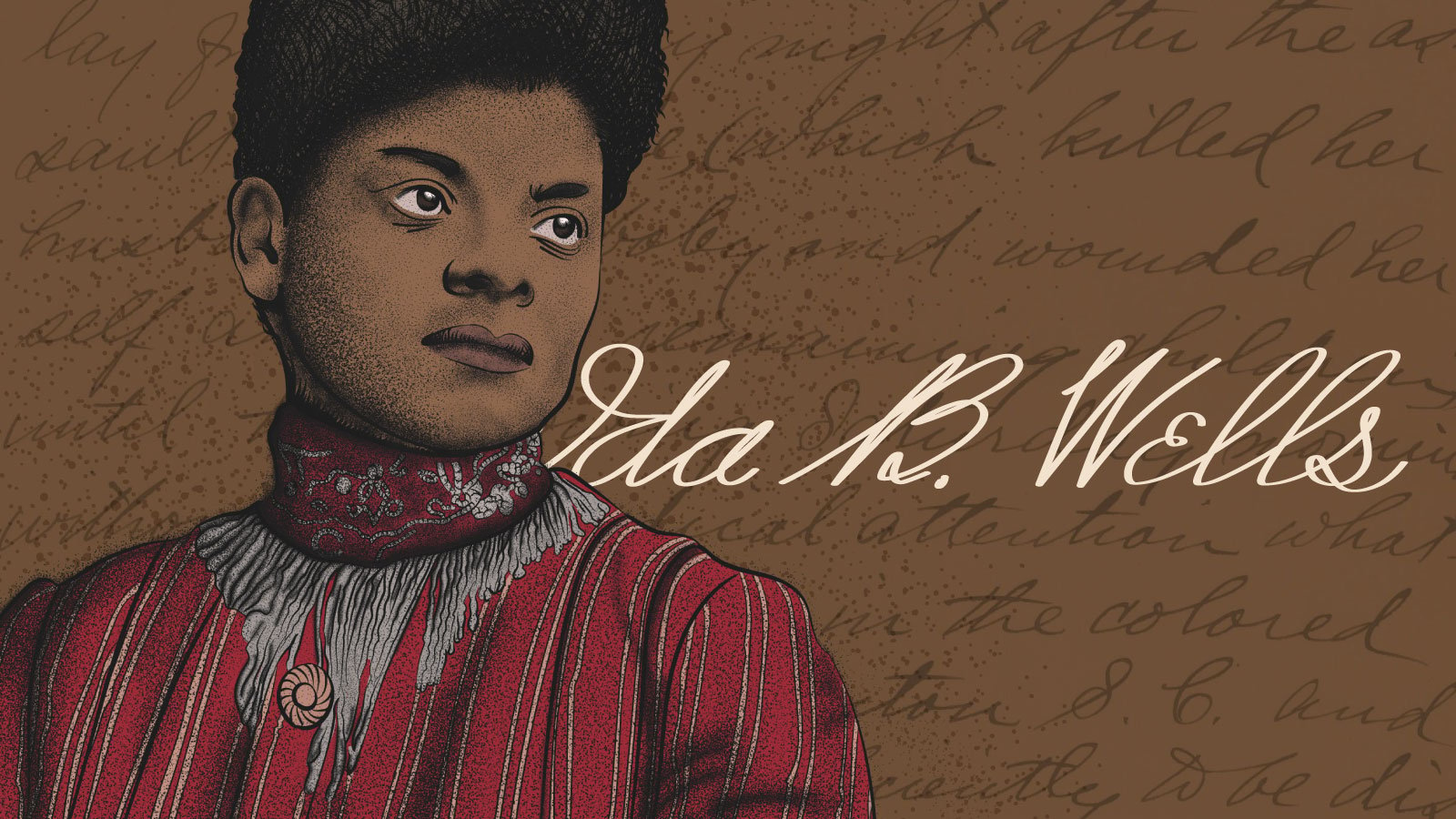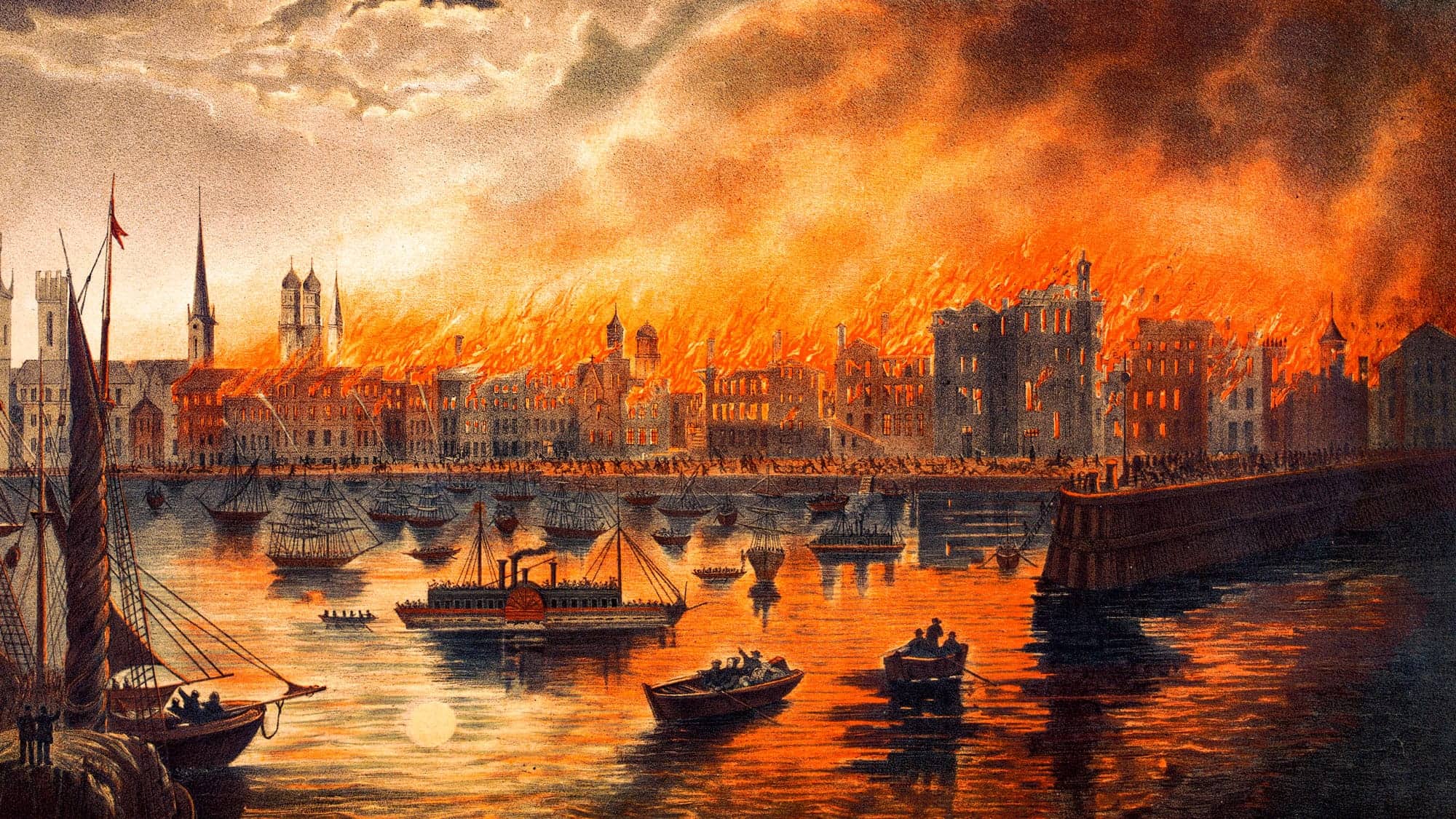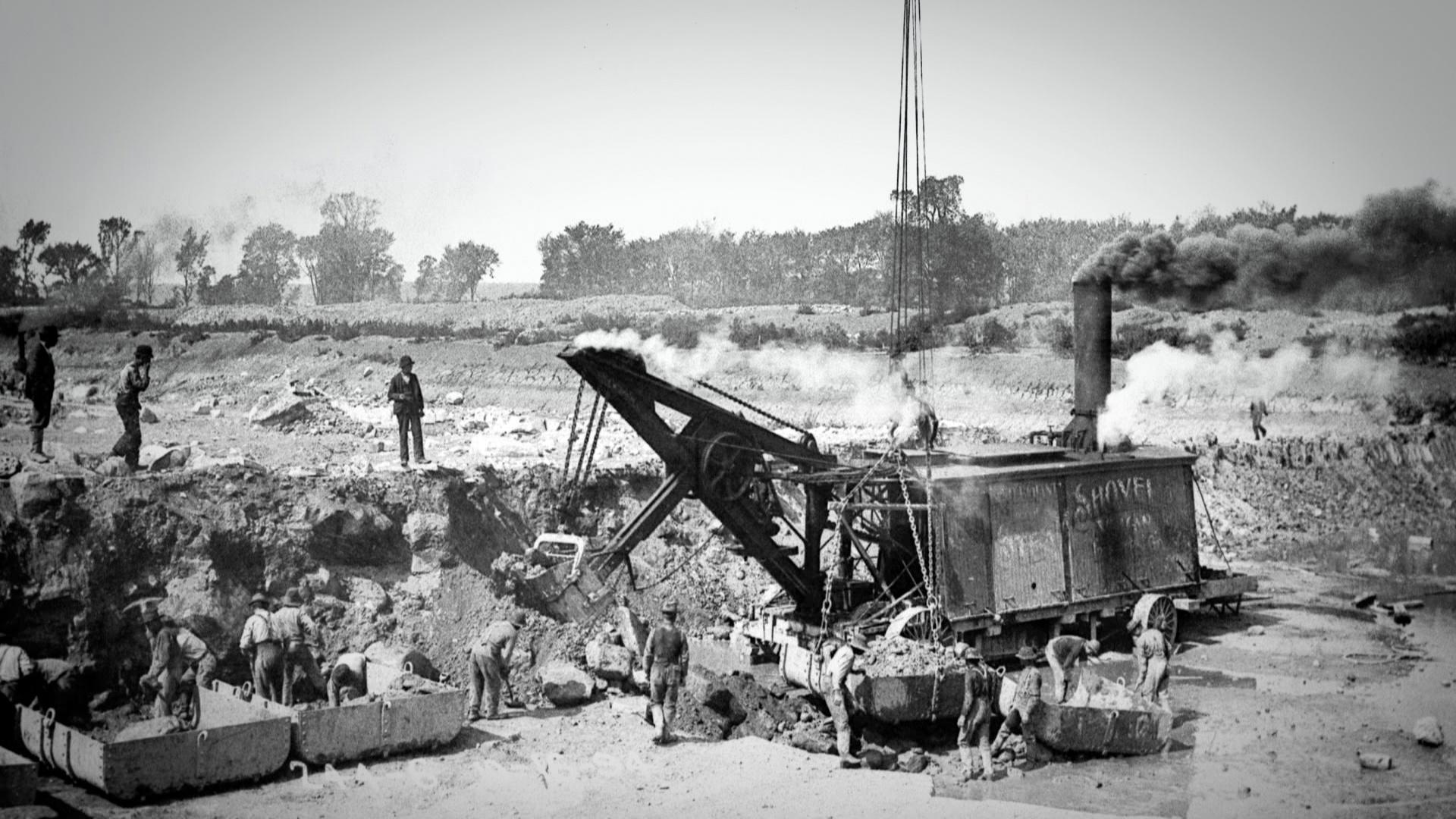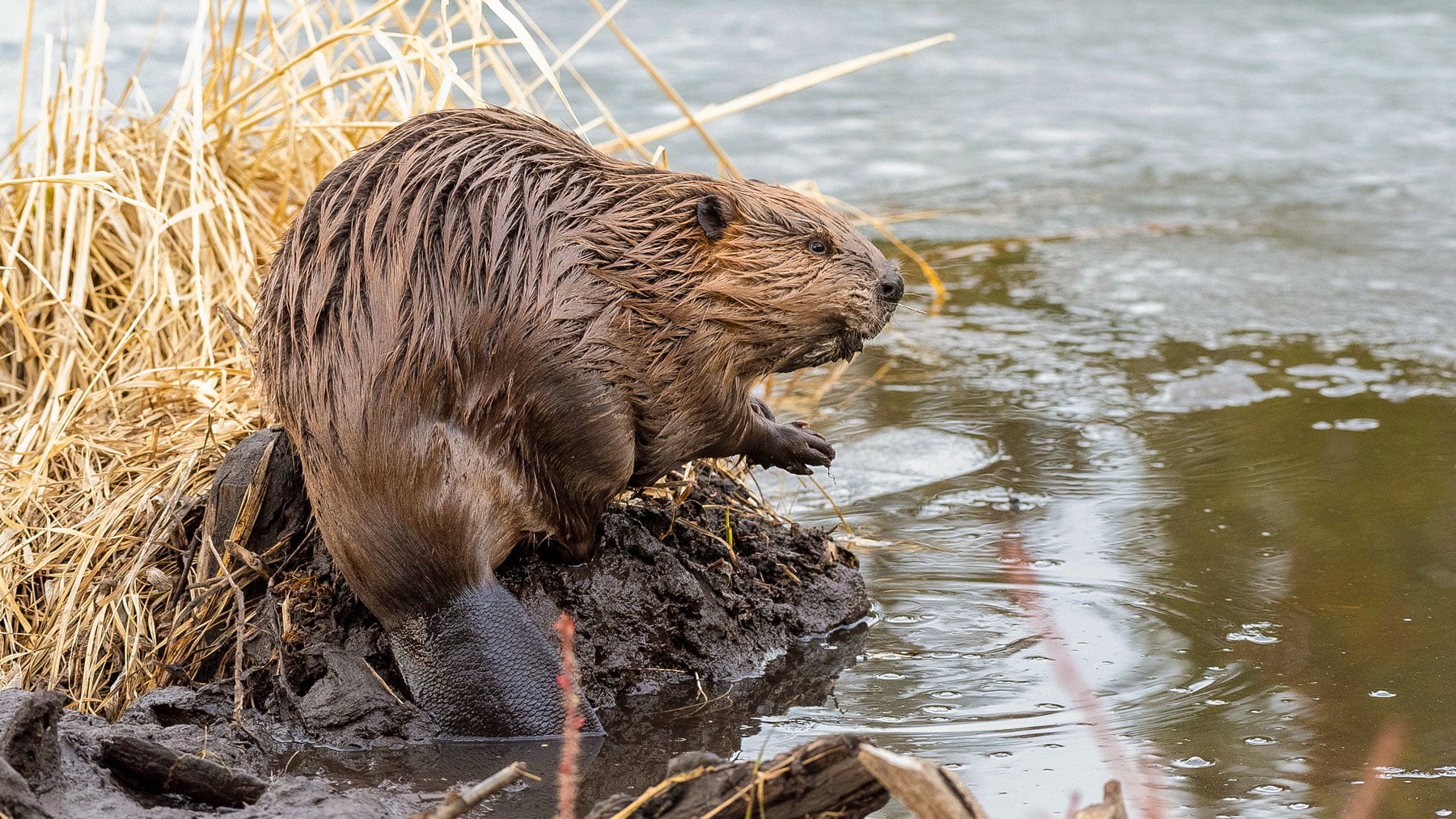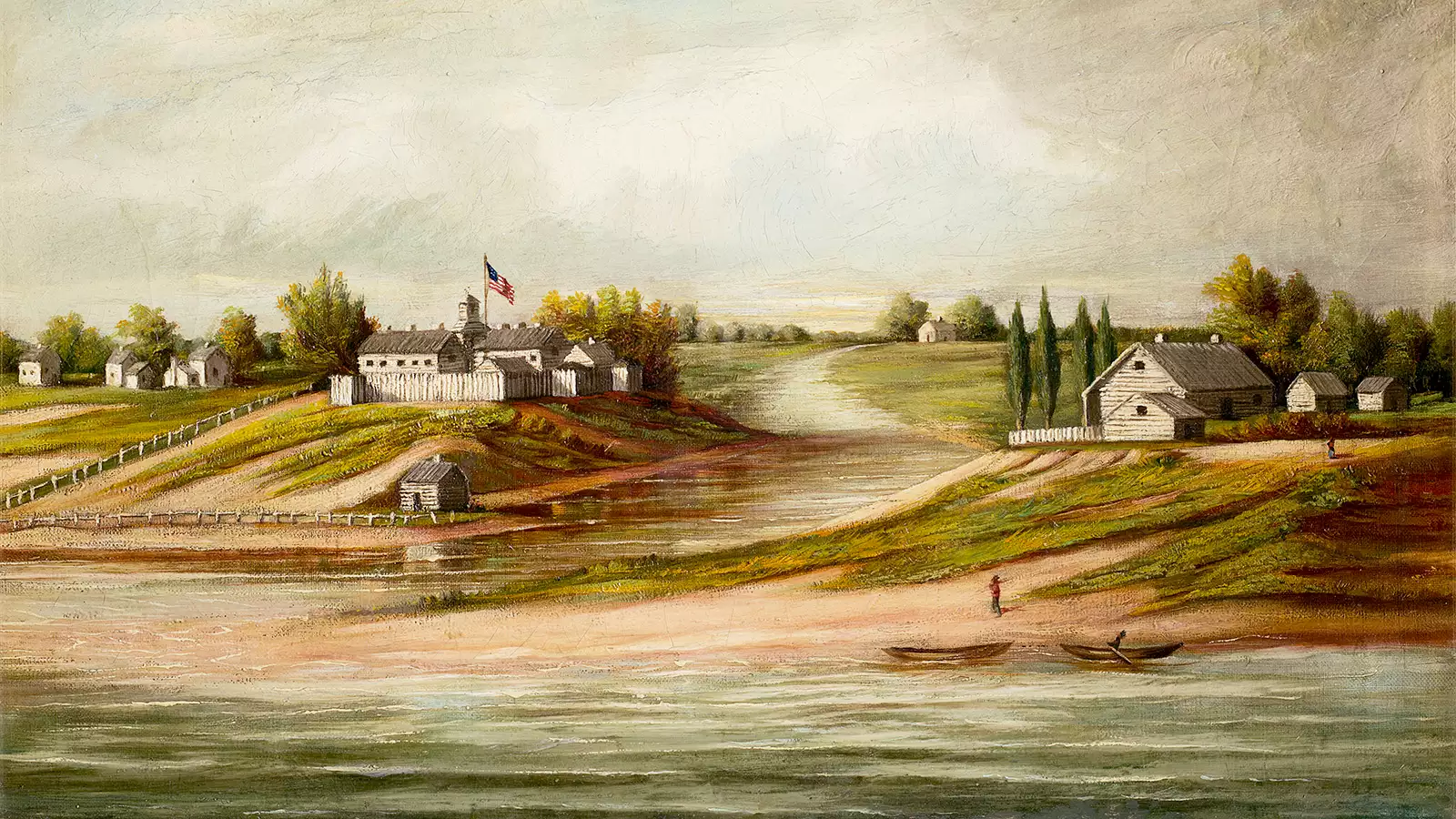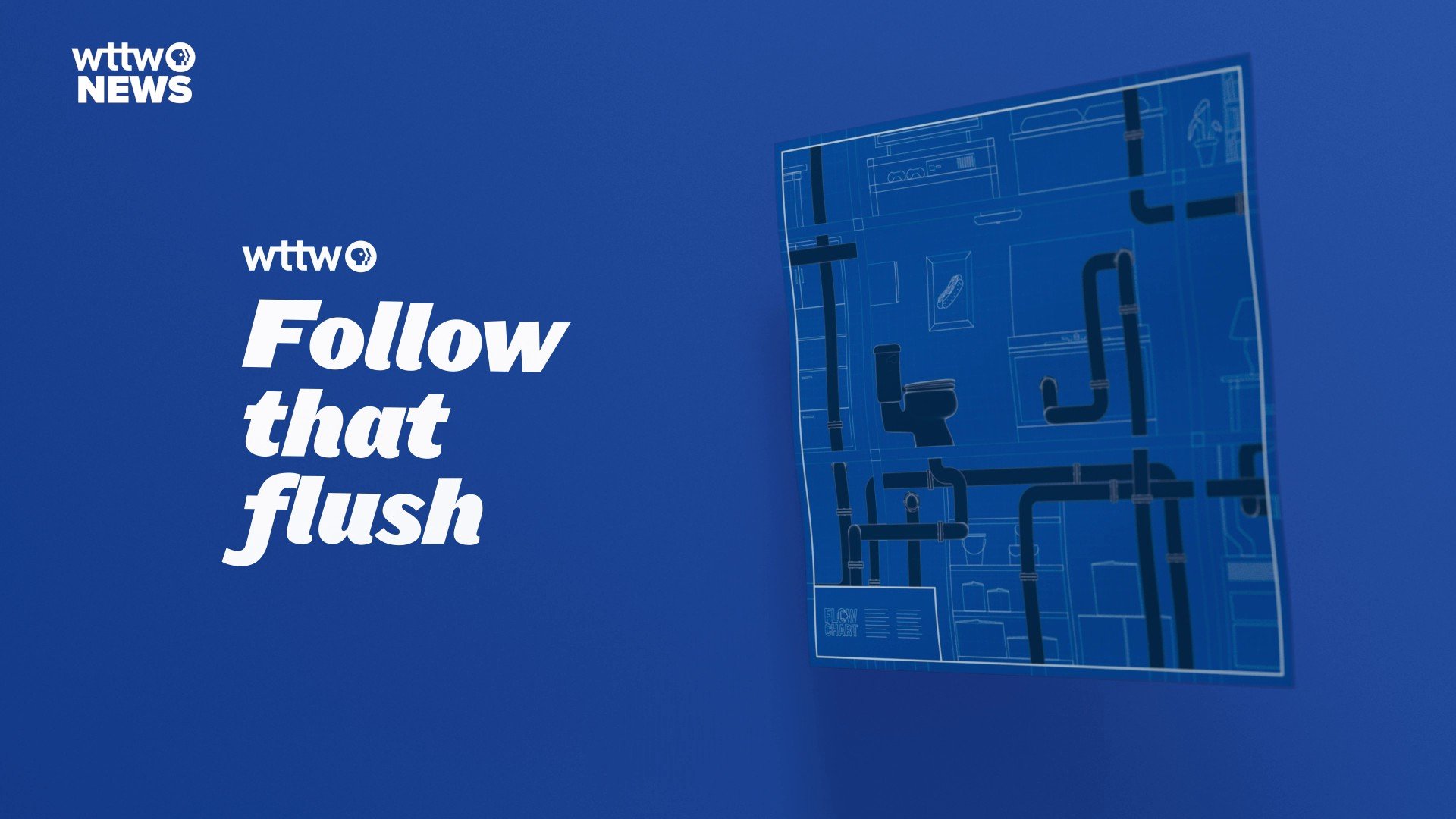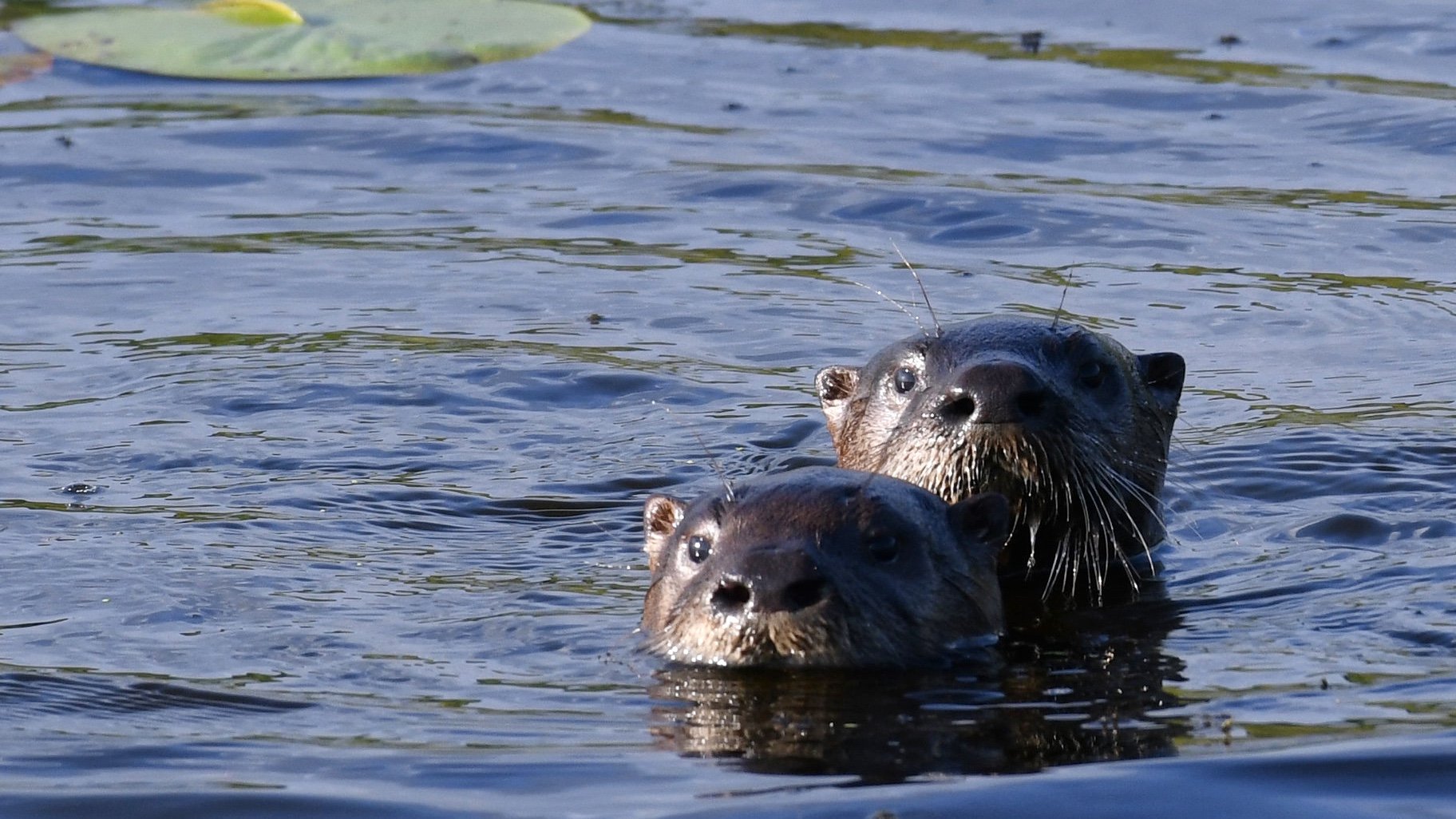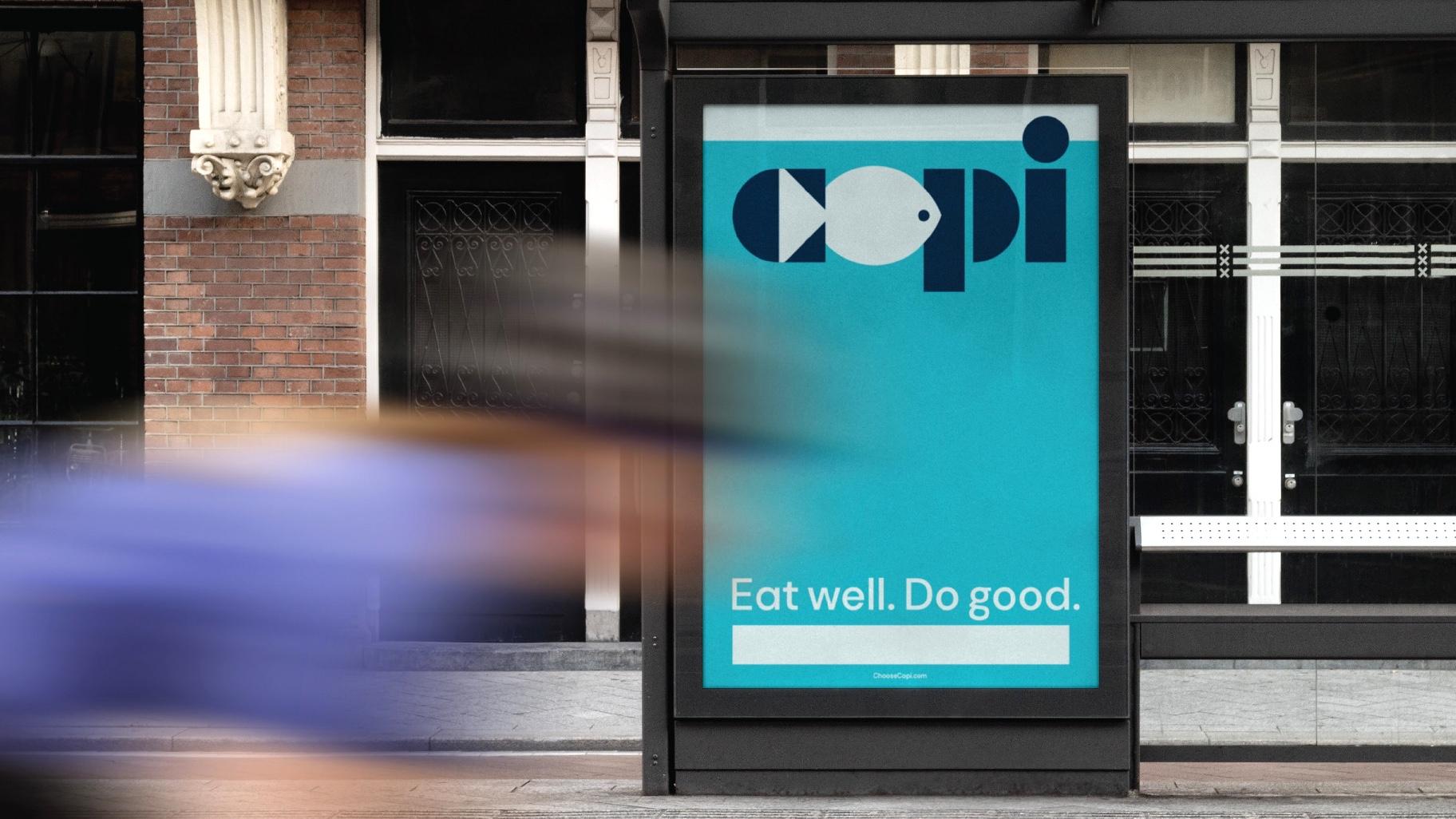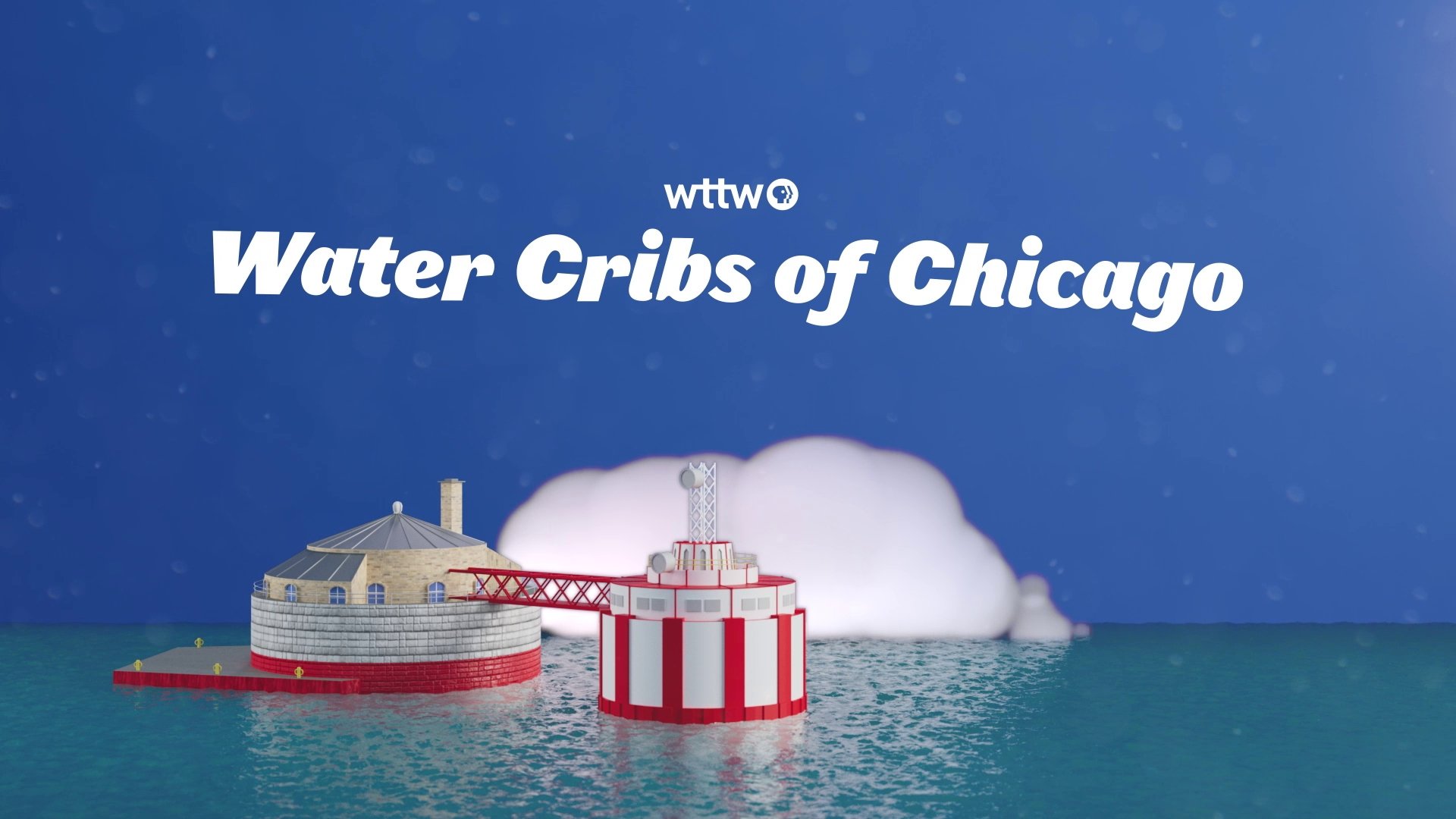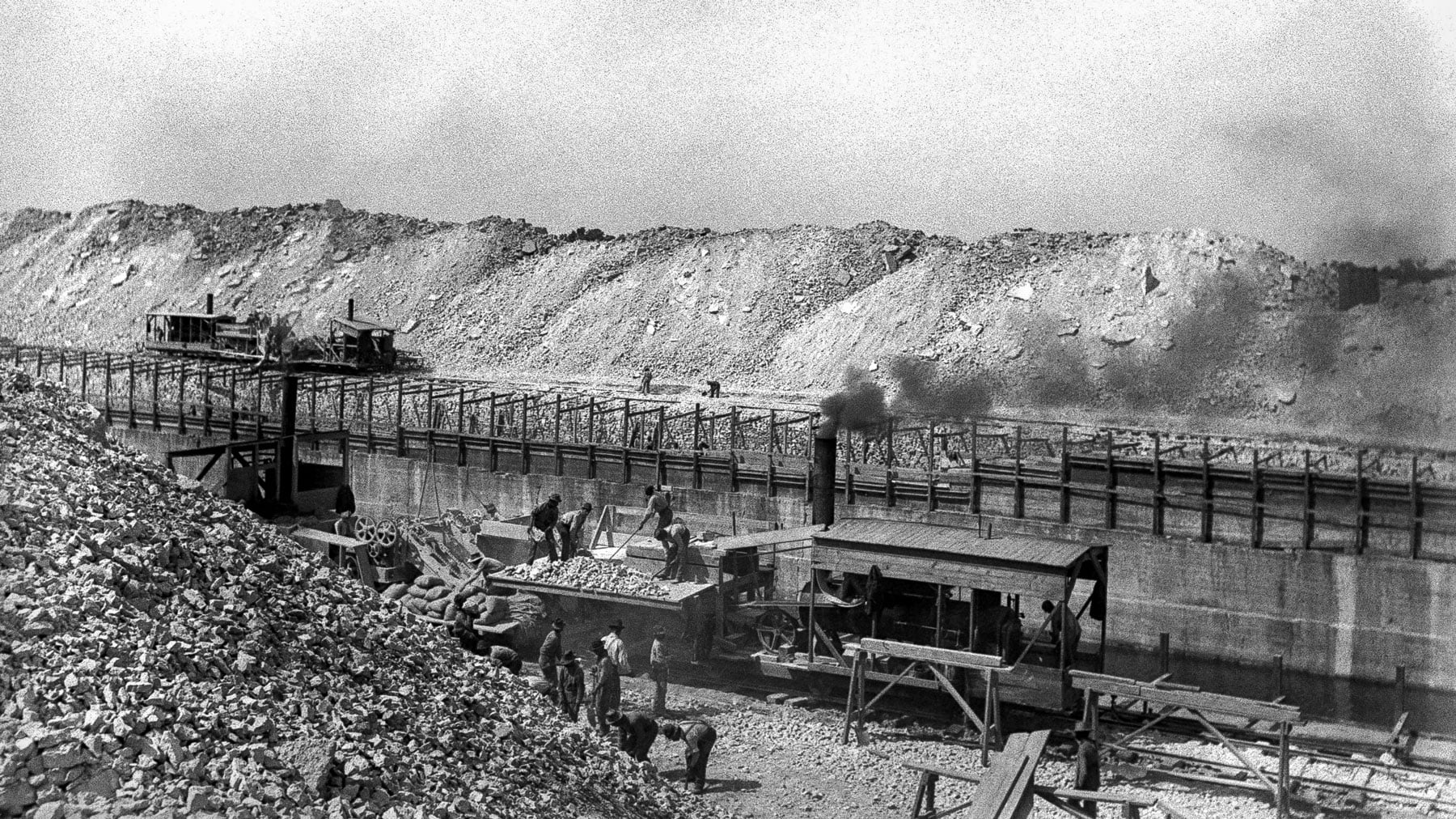
Construction on the Chicago Sanitary and Ship Canal, as pictured sometime between 1892 and 1900 Image: Metropolitan Water Reclamation District of Chicago
Long before kayakers paddled along the Chicago River or diners sipped wine on the Riverwalk or visitors looked up at the dazzling buildings from a tour boat, Chicago was a rugged frontier town, and its waterways were a reflection of that.
After Chicago officially became a town in 1833, the city’s population rapidly expanded. A town of roughly 300 people at its incorporation, Chicago grew to more than 100,000 people by the 1860s and reached 1 million residents by the 1890s. People flocked to the new city for all the opportunities a new city might afford. But with all those people came waste in all its unsavory forms.
Chicago had a couple of things working against it when it came to healthy water: its low-lying geography, and a lack of reliable, sanitary infrastructure. The city was flat, creating an inherent drainage problem. It had wooden sidewalks, dirt roads, and no sewers. People often dumped their waste into the street or into the backyard … Read more

